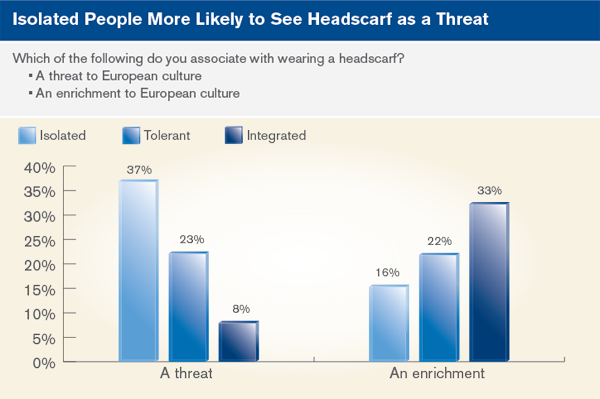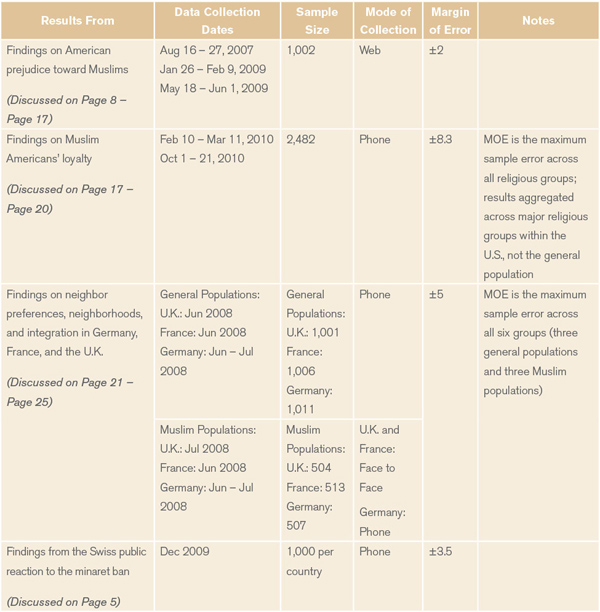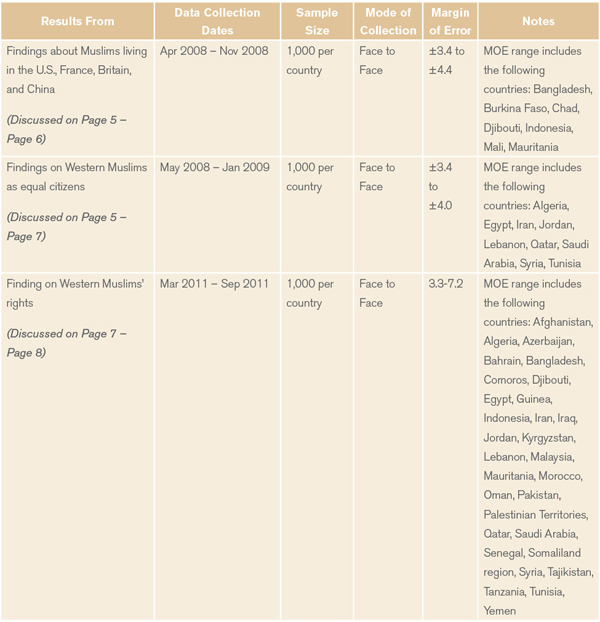Proportions of the general populations in these three countries are reluctant to have Muslims as neighbors. This reluctance manifests itself in people's decisions of whether or not to live in diverse communities. However, individuals living in mixed communities might be most open to those different from themselves, and least likely to be Islamophobic.
The general populations in France (49%), Germany (51%), and the U.K. (48%) are most likely to say they live in a neighborhood generally comprised of people who share their ethnic and religious backgrounds. Significant percentages of each population, though, say their neighborhoods are made up of a mix of people, including those who share their ethnic and religious backgrounds and others who do not. Specifically, 40% of French, 38% of German, and 43% of British respondents say they live among diverse neighborhoods. Muslims in France (74%), Germany (53%), and the U.K. (54%) are more likely to say they live in diverse neighborhoods than mostly homogenous ones.
Gallup studied more closely what types of neighborhoods people in each of these three European countries say they would live in if they could.
-
In France, people are most likely to want to live in neighborhoods with a mix of people of varying religious and ethnic backgrounds, regardless of where they currently live. Fifty-two percent of those who live in a more homogeneous community would prefer a diverse neighborhood, and 80% of those who currently live in a more diverse neighborhood or local area would want to stay in such a neighborhood.
-
In the U.K., people are more apt to prefer a community similar to the one in which they currently reside. Specifically, 55% of those who live in a mostly homogenous neighborhood now would prefer to live in that same type of situation, while 80% of those who live in a diverse neighborhood currently would prefer that if they could live in any neighborhood in the country.
-
Those in Germany who live among people of mostly similar religious and ethnic backgrounds are somewhat split between wanting to live in a mostly homogenous neighborhood (42%) or in a more varied one (48%) if they could chose anywhere in the country to live. Those who already live among people of different religious and ethnic backgrounds, though, are much more likely to say they would choose the same type of neighborhood (74%) than to reside among mostly similar people (19%) if given the choice.
 Data reported from 2008
Data reported from 2008 Data reported from 2008
Data reported from 2008 Data reported from 2008
Data reported from 2008Within key Western societies, there are genuine negative perceptions, prejudices, and discriminations targeted against Muslims. Seeing Muslims as not loyal, voicing prejudice against Muslims, and avoiding Muslims as neighbors are all symptoms of Islamophobia that exist in the West. However, these feelings do not characterize Western countries. They are generally shared by a subset of the general population, though they exist in substantial enough numbers to draw both attention and concern. The very existence of Islamophobia is something to be addressed. The degree to which individuals expressing Islamophobia have particular views of Muslims in their communities, Muslims globally, and Islam as a religion is genuine and quantifiable with measurable outcomes.
Survey Methods


[1] Wajahat Ali, Eli Clifton, Matthew Duss, Lee
Fang, Scott Keyes, and Faiz Shakir, "Fear, Inc.: The Roots of the
Islamophobia Network in America" (Washington, D.C.: Center for American
Progress, 2011), available at
http://www.americanprogress.org/issues/2011/08/pdf/islamophobia.pdf
[2] Alejandro J. Beutel, "Data on Post-9/11
Terrorism in the United States" (Washington, D.C.: Muslim Public Affairs
Council, 2011), available at
http://www.mpac.org/assets/docs/publications/MPAC-Post-911-Terrorism-Data.pdf
[3] Charles Kurzman, "Muslim-American Terrorism
Since 9/11: An Accounting" (Chapel Hill, NC: Triangle Center on
Terrorism and Homeland Security, 2011), available at
http://sanford.duke.edu/centers/tcths/about/documents/Kurzman_Muslim-American_Terrorism_Since_911_An_Accounting.pdf
[4] Please refer to the Gallup Muslim-West Perceptions Index: Inaugural Findings report for methodology.
[5] Please refer to the Gallup Muslim-West Perceptions Index: Inaugural Findings report for methodology.
[6] Data appear in Abu Dhabi Gallup Center
report Measuring the State of Muslim-West Relations: Assessing the "New
Beginning," page 35.
[7] Results are based on face-to-face
interviews with approximately 1,000 adults in each country in the
regions listed, aged 15 and older, from 2008 through 2010.
No comments:
Post a Comment